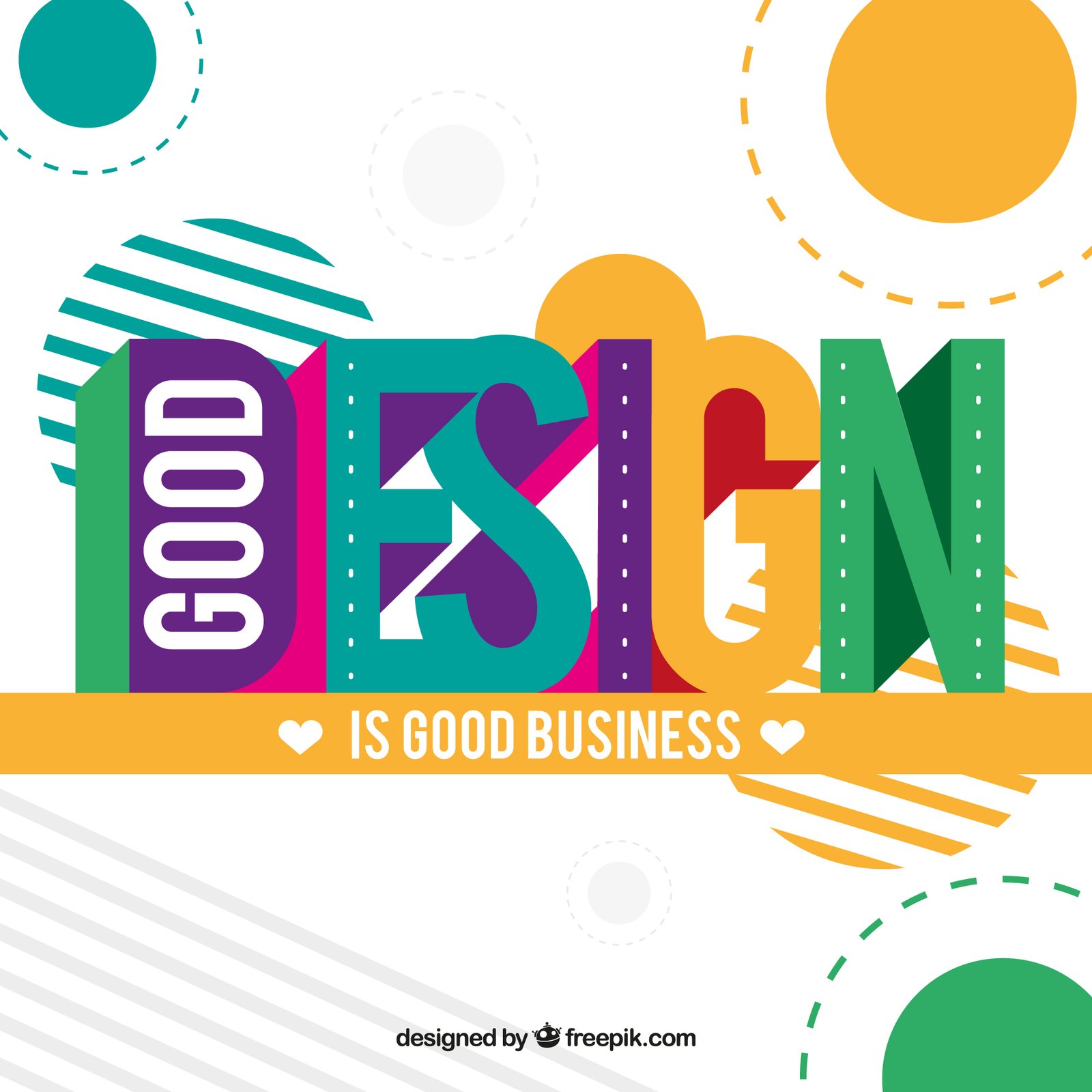Modern Logo Design Tips for New Businesses

Starting a new business is exciting, but it also comes with the challenge of building a brand identity that resonates with your target audience. One of the most important elements of that identity is your logo. A well-designed logo serves as the face of your business, conveying your values, mission, and personality in a single visual mark. As a new business, it’s essential to create a logo that is not only eye-catching but also functional across various platforms and versatile for future use. Modern logo design trends focus on simplicity, uniqueness, and adaptability, ensuring your brand stands out in a crowded market. In this guide, we’ll explore modern logo design tips that can help you craft a logo that effectively represents your new business and makes a lasting impact.
Why a Strong Logo is Essential for New Businesses
- First Impressions Matter: Your logo is the first visual representation customers have of your brand, and it needs to leave a lasting impression.
- Brand Recognition: A strong, unique logo is crucial for building brand recognition and trust among potential customers.
- Competitive Edge: A modern and well-crafted logo sets you apart from competitors, especially in industries with many similar businesses.
Choosing the Right Style for Your Logo
- Minimalist vs. Detailed: Exploring the benefits of minimalist logos versus more detailed designs and which one best suits your business.
- Wordmark vs. Symbol: Deciding whether to use a wordmark (text-based logo), a symbol, or a combination of both.
- Vintage vs. Contemporary: How to decide between classic or modern styles based on your target audience and brand values.
The Power of Color in Modern Logos
- Color Psychology: Understanding the psychological effects of colors and how to choose hues that reflect your brand’s personality (e.g., blue for trust, red for excitement).
- Monochrome vs. Multi-Color: The pros and cons of monochrome logos versus logos that use a wide range of colors.
- Contrast and Visibility: The importance of high contrast in logos to ensure visibility on both digital and physical platforms.
Typography: Choosing the Right Font for Your Logo
- Font Style and Brand Personality: Selecting fonts that align with your business’s voice (serif fonts for a classic feel, sans-serif for modernity).
- Custom vs. Standard Fonts: Should you opt for a custom-designed font or stick with a standard one?
- Legibility Across Sizes: Ensuring your logo’s typography remains legible and clear in both small and large sizes.
Simplicity and Versatility: Key Principles in Modern Logo Design
- The Importance of Simplicity: Why less is often more in logo design and how simplicity makes logos easier to remember and recognize.
- Scalability: Ensuring your logo looks great on all media, from business cards to billboards and websites.
- Adaptability for Different Mediums: How your logo should work across digital, print, and promotional materials, ensuring flexibility and effectiveness everywhere.
The Role of Negative Space in Logo Design
- Utilizing Empty Space Creatively: How to incorporate negative space into your logo to create a design that’s visually interesting and clever.
- Symbolism Through Negative Space: How negative space can enhance meaning and create a hidden visual element within your logo.
Making Your Logo Timeless
- Avoiding Trends: Why it’s essential to create a logo that won’t look outdated in a few years.
- Timeless Design Elements: Using classic shapes, balanced proportions, and simple color schemes to create a logo that lasts.
Understanding Your Target Audience
- Tailoring Your Logo to Your Market: Understanding the preferences, values, and needs of your target audience to ensure your logo resonates with them.
- Gender, Age, and Cultural Considerations: How to create a logo that appeals to your target demographic, considering factors like age, gender, and cultural backgrounds.
The Importance of Originality in Your Logo Design
- Avoiding Common Pitfalls: Why copying trends or competitors can hurt your brand’s identity.
- Creating a Unique Mark: Tips for designing a logo that stands out and captures the essence of your business in a way that’s original and fresh.
Testing Your Logo Design
- Feedback and Iteration: Why testing your logo with potential customers or peers is important before finalizing it.
- How to Use Mockups: Presenting your logo on real-world materials (like business cards or websites) to see how it functions in context.
Working with a Professional Logo Designer
- Benefits of Hiring a Professional: How a designer can bring expertise to the table, saving you time and ensuring a high-quality end product.
- What to Look for in a Designer: How to find the right logo designer for your new business and communicate your vision effectively.
Integrating Your Logo Into Your Branding Strategy
- Consistency Across All Touchpoints: Ensuring your logo is used consistently across your website, social media, and marketing materials.
- Brand Storytelling: How your logo fits into the broader narrative of your brand and communicates its core values.














